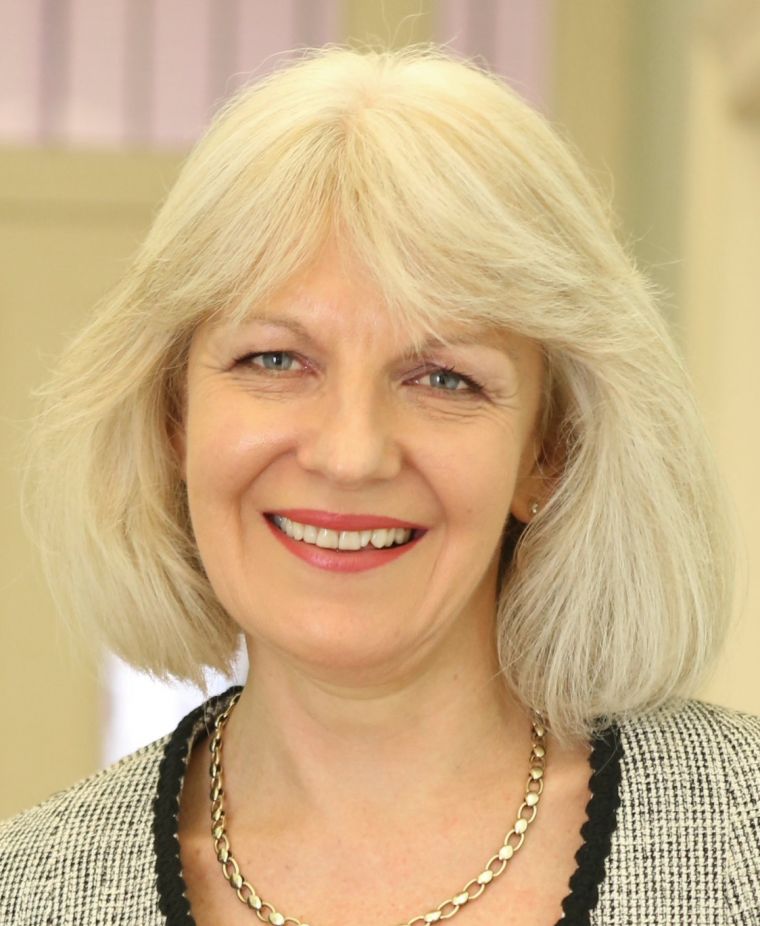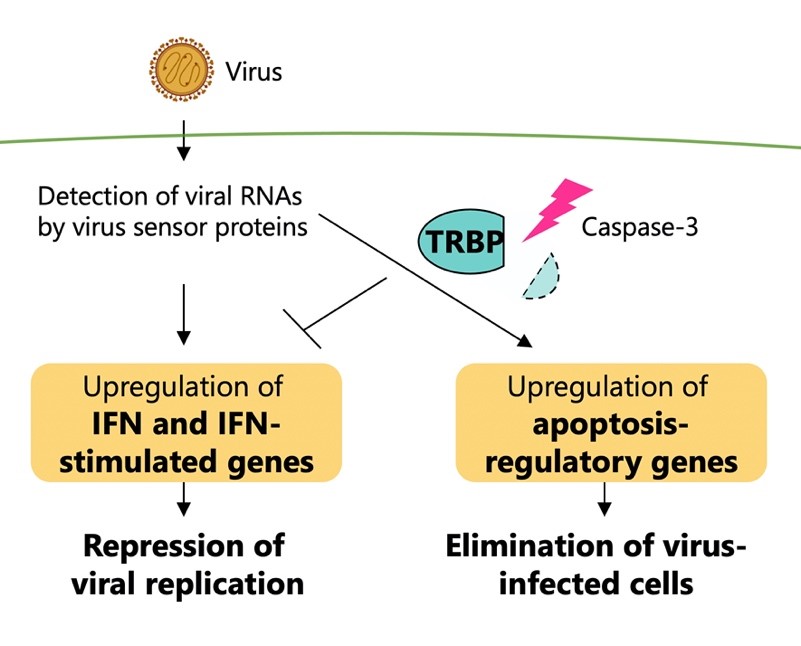
Today the Australian Bureau of Statistics has released the Causes of Death data which includes the number of Australians who we have sadly lost to suicide. In 2018, 3,046 Australians died by suicide, a slight reduction from 3,128 in 2017. This equates to more than 8 people per day.
The Prime Minister’s National Suicide Prevention Adviser, Christine Morgan, said “This number represents our loved ones, who live in our diverse communities in each State and Territory, rural and remote and in our suburban towns. They are our family members-a friend or colleague whose life is precious to each and every one of us, and whose life and death leaves a lasting effect on us all.”
“The 2018 data tells us that in all States and Territories, except NSW, the number of people who have died by suicide has remained the same or slightly decreased. In NSW there has been a slight increase from 880 deaths by suicide in 2017 to 899 in 2018, this is likely to be attributed to the lag in registering suicide deaths in the 2017 data,” said Ms Morgan.
“One life lost to suicide is too many, which is why our commitment is towards zero. On the basis that approximately 135 people are affected by each suicide death, more than 400,000 Australians have been impacted in 2018; as a family member, friend, colleague, teammate, first responder, neighbour or treating professional. Suicide impacts on entire communities with a clear ripple effect.
“The suicide rate for our first Australians remains distressingly high. The rate of death by suicide of Australian and Torres Strait Islander people remains close to twice the rate for non-Indigenous Australians.”
“Another comparison we need to look at is the rate of death by suicide of those who live outside our capital cities, which is 41% higher than those who live in urban areas. This has remained stable over the past 5 years.
“It is equally important for all of us to understand the role alcohol and drugs plays in a person’s life, particularly where life can feel highly distressing. Sadly, substance use was present in over one-quarter of suicide deaths in 2018,” said Ms Morgan.
Looking at today’s data:
- death by suicide has decreased slightly within Australia’s top 20 causes of death – moving from 13th to 14th spot
- overall, 75% of deaths by suicide occur in men
- in 2018 there were 2,320 suicide deaths among males (76.2% of total suicides). Suicide deaths were highest among middle aged men (35-64 years)
- in the same period 726 (23.8%) of total suicides were among females. Although the female suicide death rate has been markedly lower than the male rate each year, it has increased proportionally across the past decade by 31% from 2009 – 2018, compared to 9.8% increase in male suicide deaths
- 40% of all deaths among young people (15-24 years) were attributed to suicide
“Today’s data highlights the need for suicide prevention to be every Australian’s business. As a nation, each and every one of us must look out for one another, including ourselves. The Government, service providers and all of us individually play a role in supporting those at risk of suicide and doing what we can to prevent, mitigate and hopefully alleviate the causes of distress.
“This is why we are widening the lens on suicide prevention to a whole of government and whole of life approach, to include the impacts of social determinants; financial and housing insecurity, violence and harassment, unemployment and lack of access to education as some of the contributing factors. We also know the importance of social connectedness as a protective factor, and the importance of feeling safe, physically and mentally, either online or in person. These are all contributors to a person’s overall sense of wellbeing and mental health.
“Our immediate commitment is to work alongside government Ministers and Departments, community leaders and those with diverse expertise to coordinate and deliver a whole of government response to suicide and its impacts.
“The life experiences of people who have died by suicide, and who have attempted suicide are critical to helping us understand the full picture. Expanding understanding of suicidality through social determinants and root causes will further drive our commitment towards zero,” concluded Ms Christine Morgan.
For a snapshot of the data and expert guidance on reporting on suicide please visit Mindframe.
If you or someone you know needs support, contact one of the services below:








